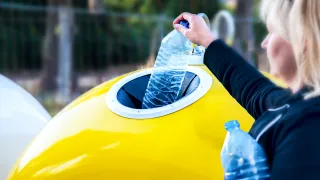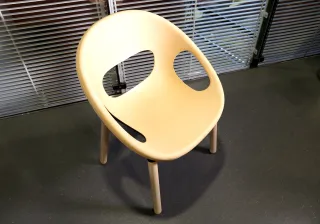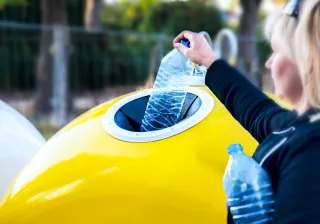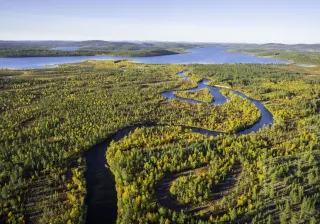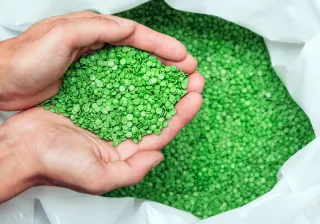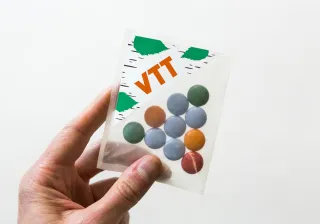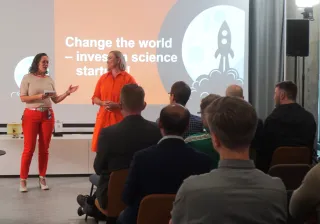In times of these, we tend to forget other slightly less urgent, but equally important issues that we must address as a society. There must be something else than Covid-19 out there. One of them is plastics pollution and the effects of fossil-based plastics manufacturing on climate change.
I believe, it is very important to distinguish between plastics as an excellent material that makes our lives better and plastic waste that end up in the environment through inefficient or non-existing waste management on the other hand. Plastics keep our food fresh, protect us from injuries in traffic and sports and ensure quality life through many medical applications. At the same time, plastic waste is accumulating and polluting the environment. In addition, currently 98% of plastics are fossil-based. The emission intensive life cycle of plastics contributes to climate change.
Is there a sustainable way to maintain the many societal benefits of plastics?
Yes, through a circular economy of plastics!
VTT has assessed the transformation from linear to a circular plastics economy. One of our main conclusions is that there is no one-fits-all solution. Plastics and their respective applications are a very complex mix of materials and the best transition towards circularity must be assessed on a case-by-case scenario.
The main elements of any circular economy are reduce, reuse, repair and recycle. For plastics, this can mean very different things. Let’s examine different approaches.
Reuse models (e.g. deposit or refill schemes) are already widely used. However, they require lifetime extensions of the polymers in order to be economically feasible. This can be achieved through molecular repair technologies that counteract the material degradation in the use phase.
While reuse & repair is a preferred form of circular economy, it is not applicable for most plastics applications. These materials must be collected and sorted for recycling. Mechanical recycling is an elegant way to retain the material properties of plastics as the polymer chains are not destroyed during the process. However, it is extremely important to separate plastic waste streams according to their polymer types. If different polymers are mixed the value of the recyclate is often lost.
Material that is not suitable for mechanical recycling can go to chemical recycling processes. There are plenty of different technologies, but they have all in common that the polymer chains are broken into monomers or other useful chemicals that can be reprocessed into plastics again in order to close the cycle.
Through the above methods we can significantly increase the recycling rates and recyclate quality.
Not all plastics can be recycled directly. Sometimes it is more feasible to biodegrade polymers into their molecular building blocks. Biodegradation is an often-abused term; therefore it is important to assess the degradation of polymers under controlled conditions and conclude very clearly on their biodegradation potential.
Furthermore, it is obvious that renewable carbon is the feedstock for a sustainable plastics economy. Renewable carbon covers recycled plastics feedstock, bio-based materials and carbon dioxide. However, it must be very clear that the recycling industry’s high energy requirements should also be fully covered by renewable energies in order to prevent the release of additional fossil CO2. Carbon Capture and Utilization (CCU) processes are in development and will provide renewable feedstock-based products and thereby mitigate climate change.
It’s complex, but the good news is that VTT is there to help to facilitate this transition. We have activities and solutions for all the above mentioned technologies and are happy to support your business on the route to plastics circularity.
